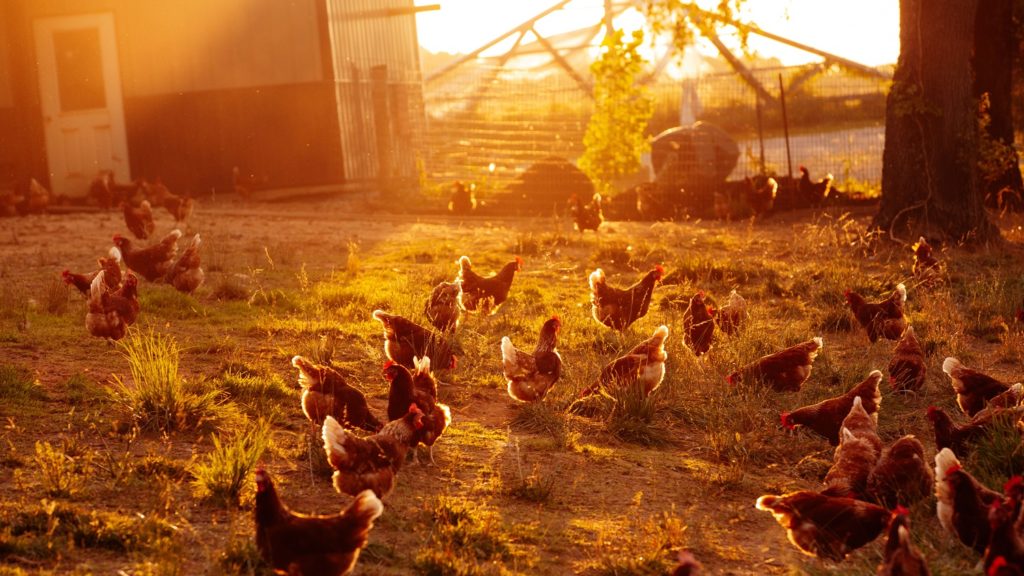
 Special to the Philanthropy Journal
Special to the Philanthropy Journal
By Mike Soskis and Mark McKeag
Much of the research on the fading “American Dream”—the expectation that children will grow up to earn more than their parents—has focused on the country’s urban areas. However, as the nation’s cultural, economic, and political divides have deepened, there has been accelerating interest in understanding how the 60 million people who live in rural America are confronting the challenges that come with climbing the income ladder.
Eye-opening data have allowed researchers led by the economist Raj Chetty to map out the geography of economic opportunity in rural America, revealing large swathes of the country where children—often those of color—have been left behind. Researchers have identified characteristics that correlate with social mobility—that is, the extent to which people ascend or descend the income ladder—including income inequality, residential segregation, and quality of education.
While much of that research has focused on analyzing social mobility in urban contexts—or on documenting the challenges confronting the nation’s rural communities—we (Bridgespan and National 4-H Council, with support from the Robert Wood Johnson Foundation) took a different tack. We went into rural communities where upward mobility is thriving, to get a ground-level view of what that looks like. We set out to learn from the young people as well as the adults in those communities, in hopes that their insights and experiences might prove useful for other rural communities, as they figure their own way forward.
Getting a ground-level view
Working from the Chetty group’s data, we identified 133 rural counties that rank in the top 10 percent of all rural counties for youth economic advancement. To get a ground-level view, we homed in on a subset of counties within the top 10 percent, using characteristics that correlate with upward mobility—such as teen birth rates and high school graduation rates—to guide us. We also used demographic data to seek out counties with some diversity in terms of population size, adjacency to metropolitan areas, racial makeup, and predominant industries.
We followed all of these data, which took us to 19 communities in four regions—the Texas Panhandle (where there are substantial Hispanic populations), as well as Minnesota, North Dakota, and Nebraska (all of which have American Indian populations). Supported by the Cooperative Extension System of our nation’s land-grant universities, we conducted over 200 in-person interviews with public, private, and nonprofit community leaders, including approximately 100 interviews with focus groups comprised of middle and high school students. To discern how these communities increase the odds that their young people will climb the income ladder, we surfaced insights from youth voices.
Six factors that might support upward mobility
With young people’s critical perspectives at the center, the field report surfaces six common factors, each a facet of social capital, that seem to support upward mobility in these 19 rural communities:
- A high expectation that youth will “opt in” and work hard to acquire the skills to build their future.Many of the communities infuse their young people with a sense of possibility—that if they set high goals and stay engaged, they can build a good life. As a result, there are both the expectation, and the pathways, for youth to “opt in” and participate in skill-building activities that might help them advance. “Opting out” is far less of an acceptable alternative
- Strong, informal support systems, with neighbors helping neighbors. For young people who choose to opt in, there is often a tight social fabric to support them. Indeed, these communities’ high expectations are grounded in durable, informal support systems, deep investments in communal spaces, and celebrations of youth achievement.
- An early focus on career pathways. When considering their future careers, young people exuded a strong sense of direction. Education is not an abstraction, but a foundation for career development. In some communities, efforts to help children build in-demand skills begin in grammar school.
- A wealth of opportunities for youth to build life skills, regardless of the community’s size. All of the towns Bridgespan and 4-H studied—which range from populations of 600 to approximately 20,000 people—are small enough to ensure that all young people have an array of options to build skills, apart from working on a farm or in an after-school job. Although they are small and often remote, these communities provide enough access points for kids to engage.
- Many potential challenges to access opportunities, but creative solutions to overcome them. These communities do not just generate youth development opportunities. Residents work to ensure that as many young people as possible can seize on those opportunities, despite multiple potential barriers: financial, cultural, psychological, logistical, or simply a lack of awareness.
- A sense of shared fate and a deep commitment to sustaining the community. People in these small communities still recall existential threats from the past, such as the 1980s farm crisis and the oil industry’s busts. Against this backdrop, residents spoke of how their individual well-being is tied to their neighbor’s well-being—that their future depends on taking responsibility for sustaining their communities.

Click to Enlarge
Across the US, none of the approximately 200 rural counties in which at least a quarter of the population is Black American rank in the top quartile for upward mobility. That dispiriting statistic—as well as the fact that all site visits focused on the center of the country—pushed our research team to test the six factors by interviewing leaders in more diverse rural communities. Those additional field-testing counties in Mississippi, West Virginia, California, and Louisiana have more typical levels of social mobility, household incomes lower than the rural median, and in some cases, a more substantial Black American population. While each of those communities has its own assets as well as challenges, including histories of racial oppression and financial struggles that span generations, the report shows that many of the six factors supporting upward mobility still resonate.
Looking ahead
While the site visits and interviews, though meaningful and informative, touched just one percent of the country’s rural counties, common themes emerged across all of the counties we visited. Our hope is that the information in this report will enable leaders of rural communities, as the experts in their own places, to work towards a future where every young person has an opportunity to build a better economic life.
Mark McKeag is a partner in Bridgespan’s Boston office, and Mike Soskis is a manager in Bridgespan’s Boston office. They are co-authors of: Social Mobility in Rural America: Insights from Communities Whose Young People are Climbing the Income Ladder.





